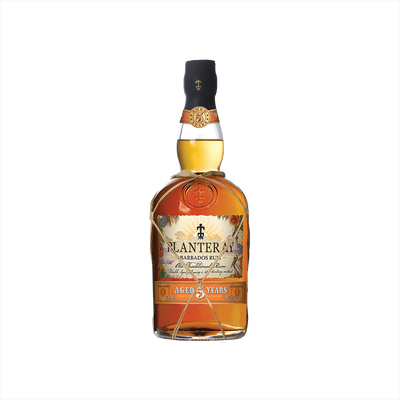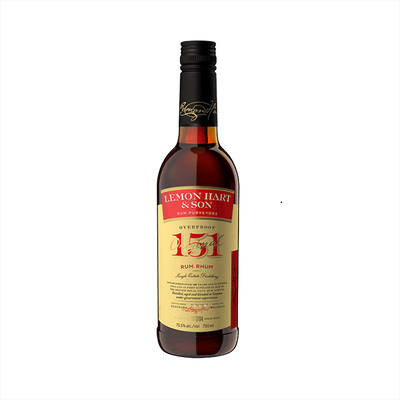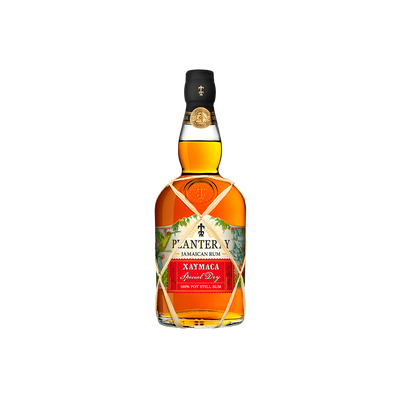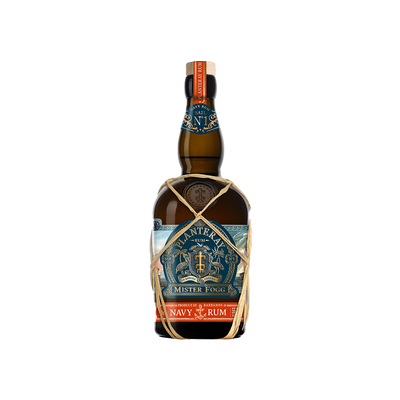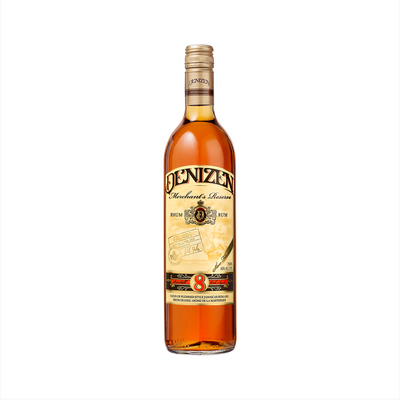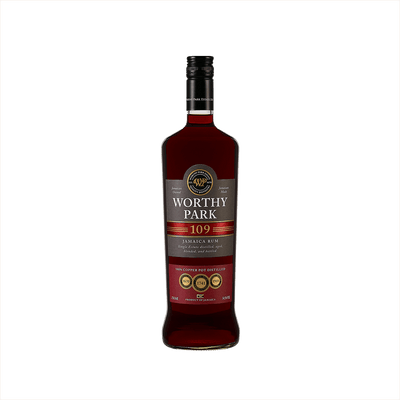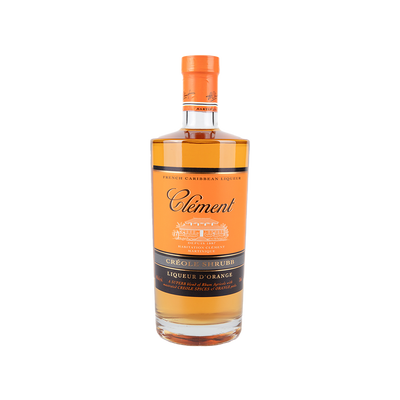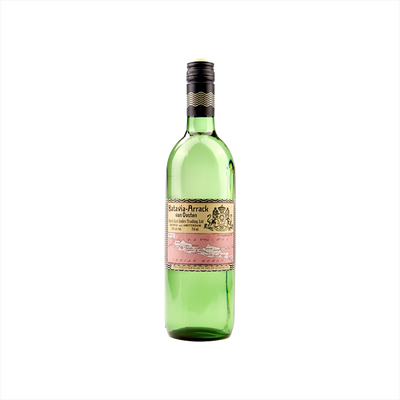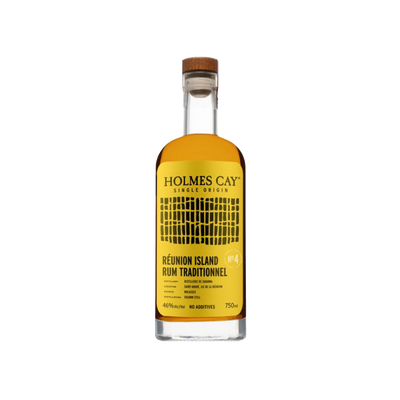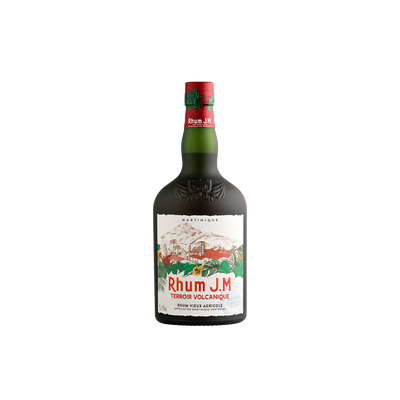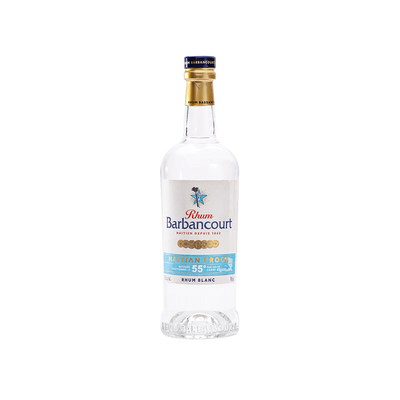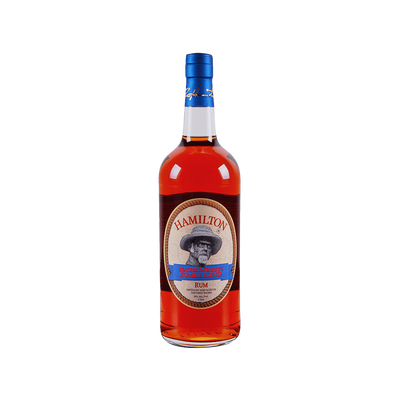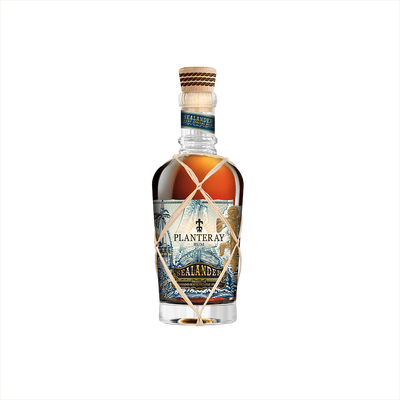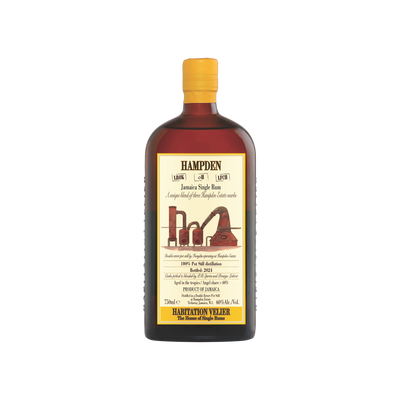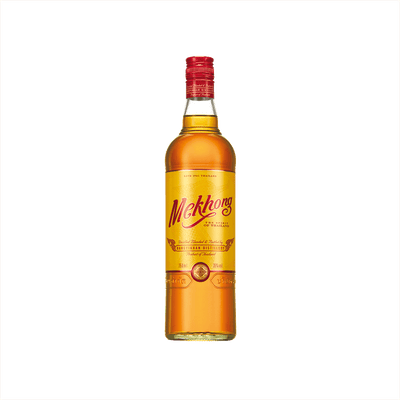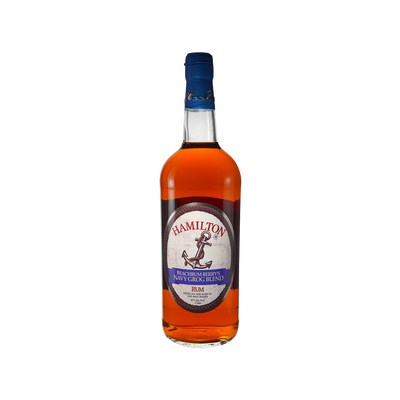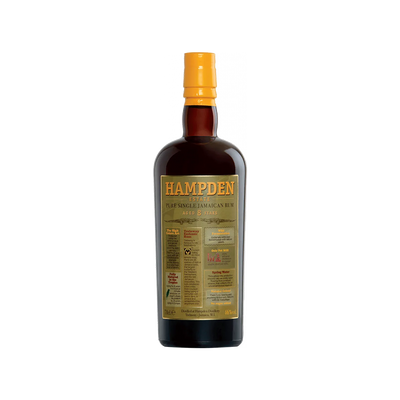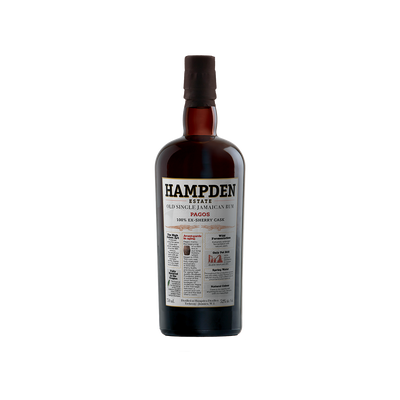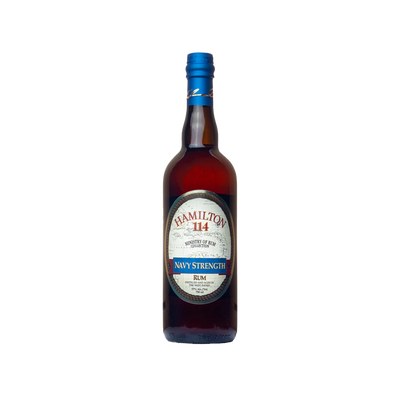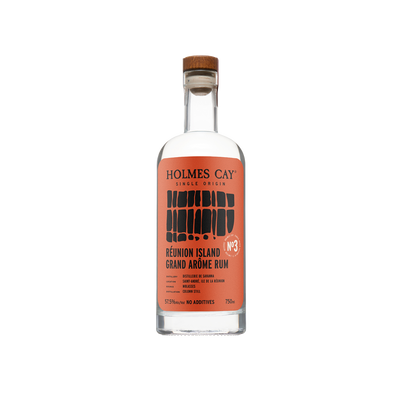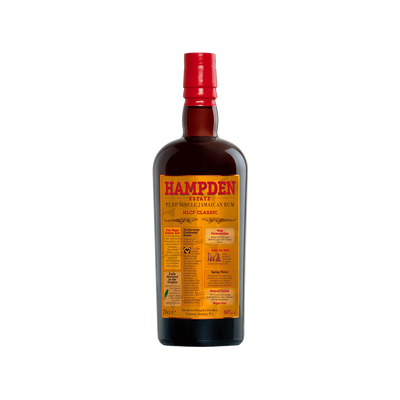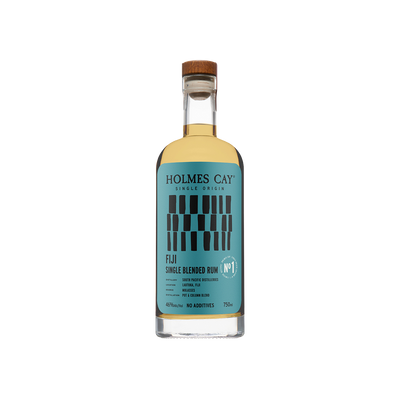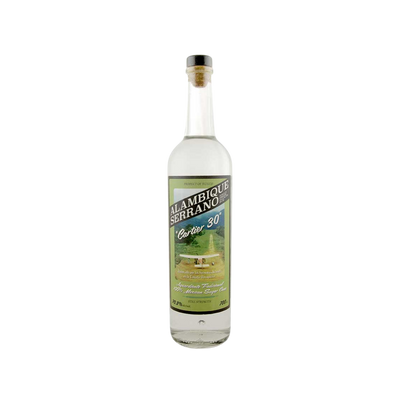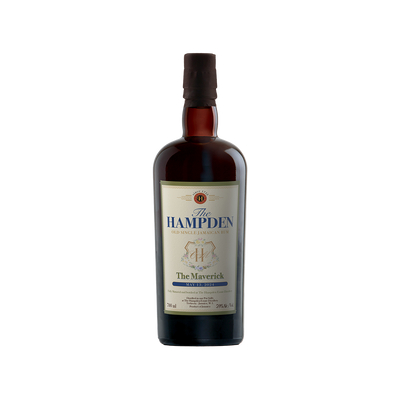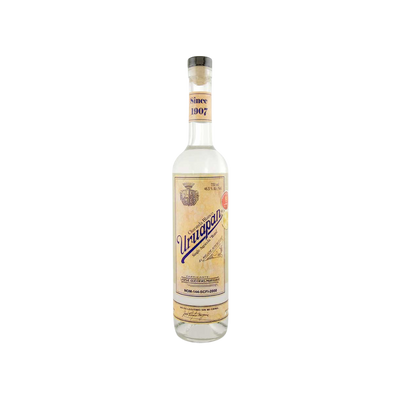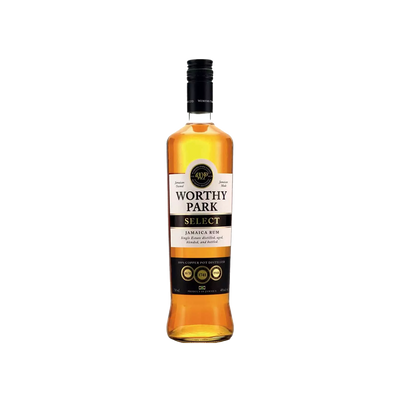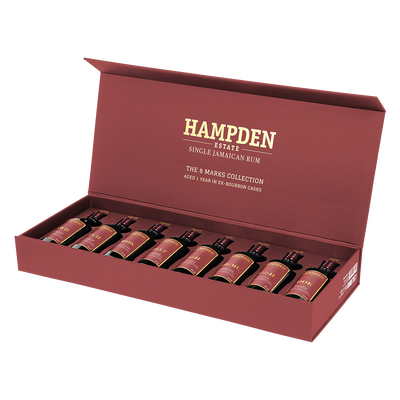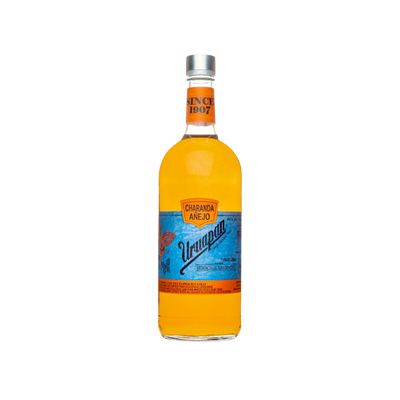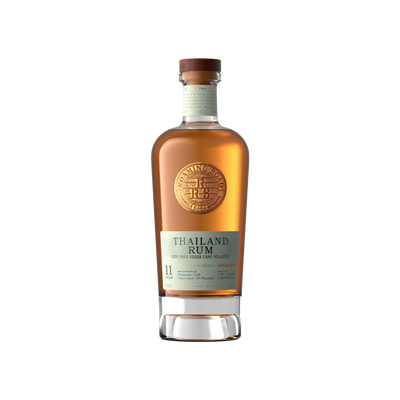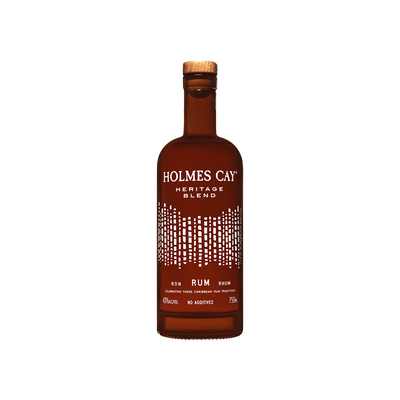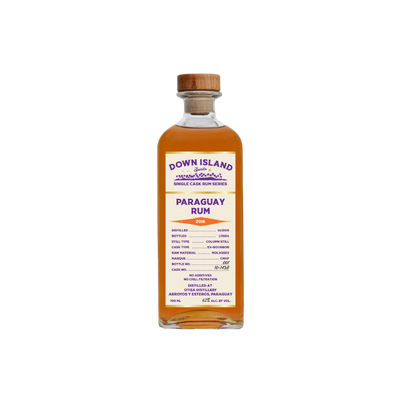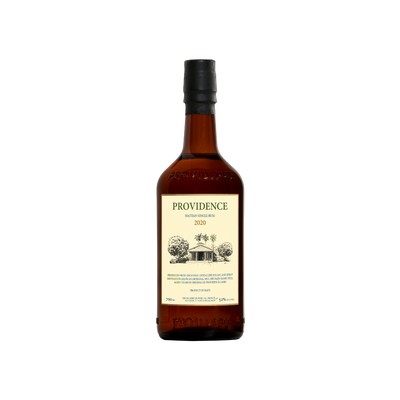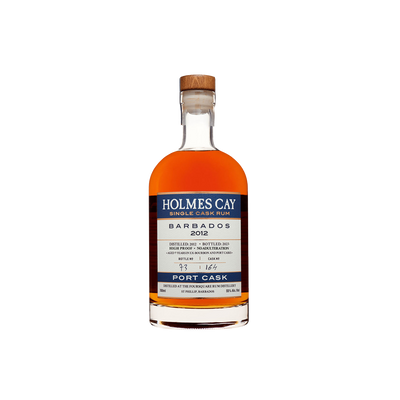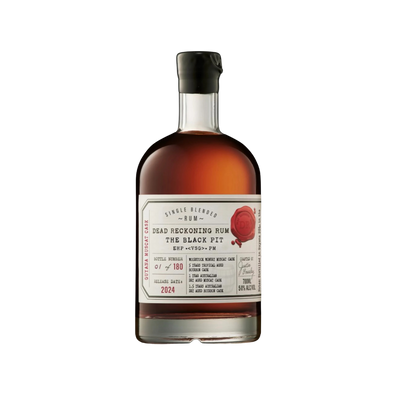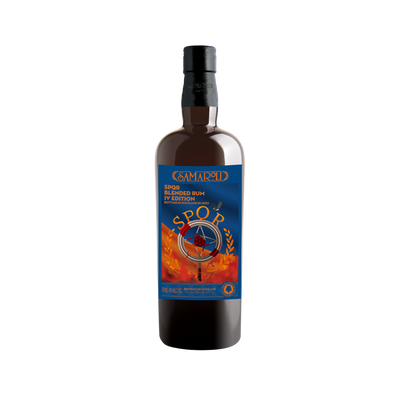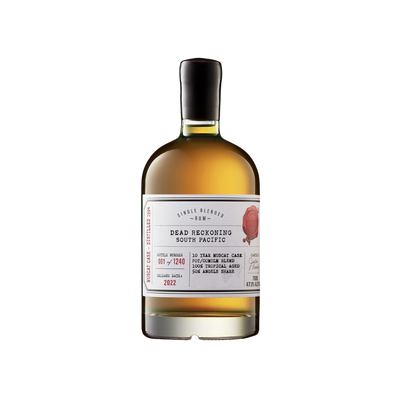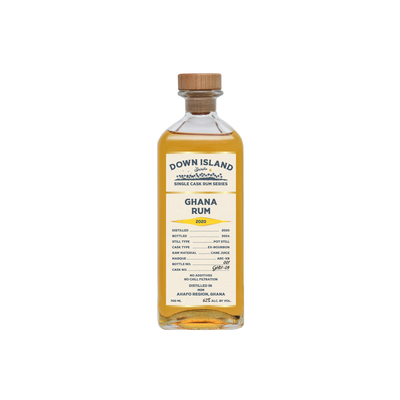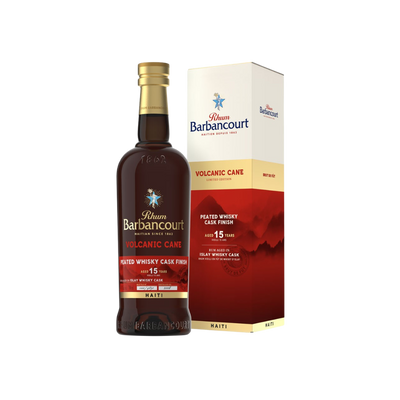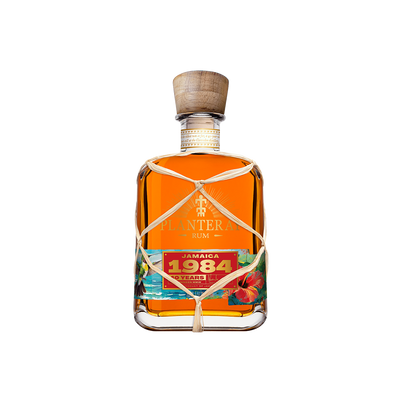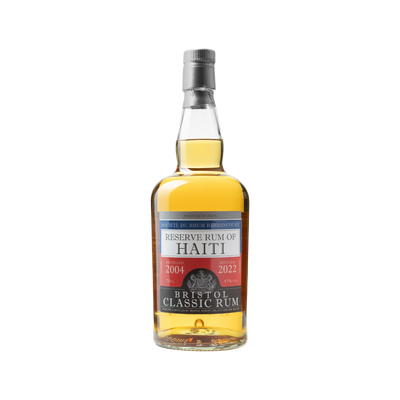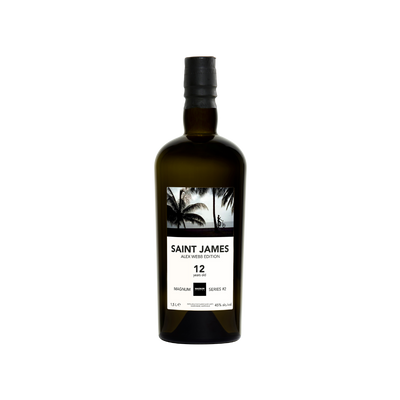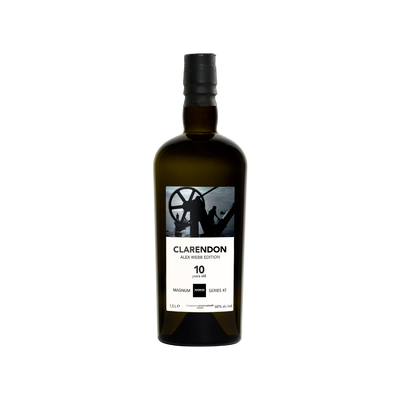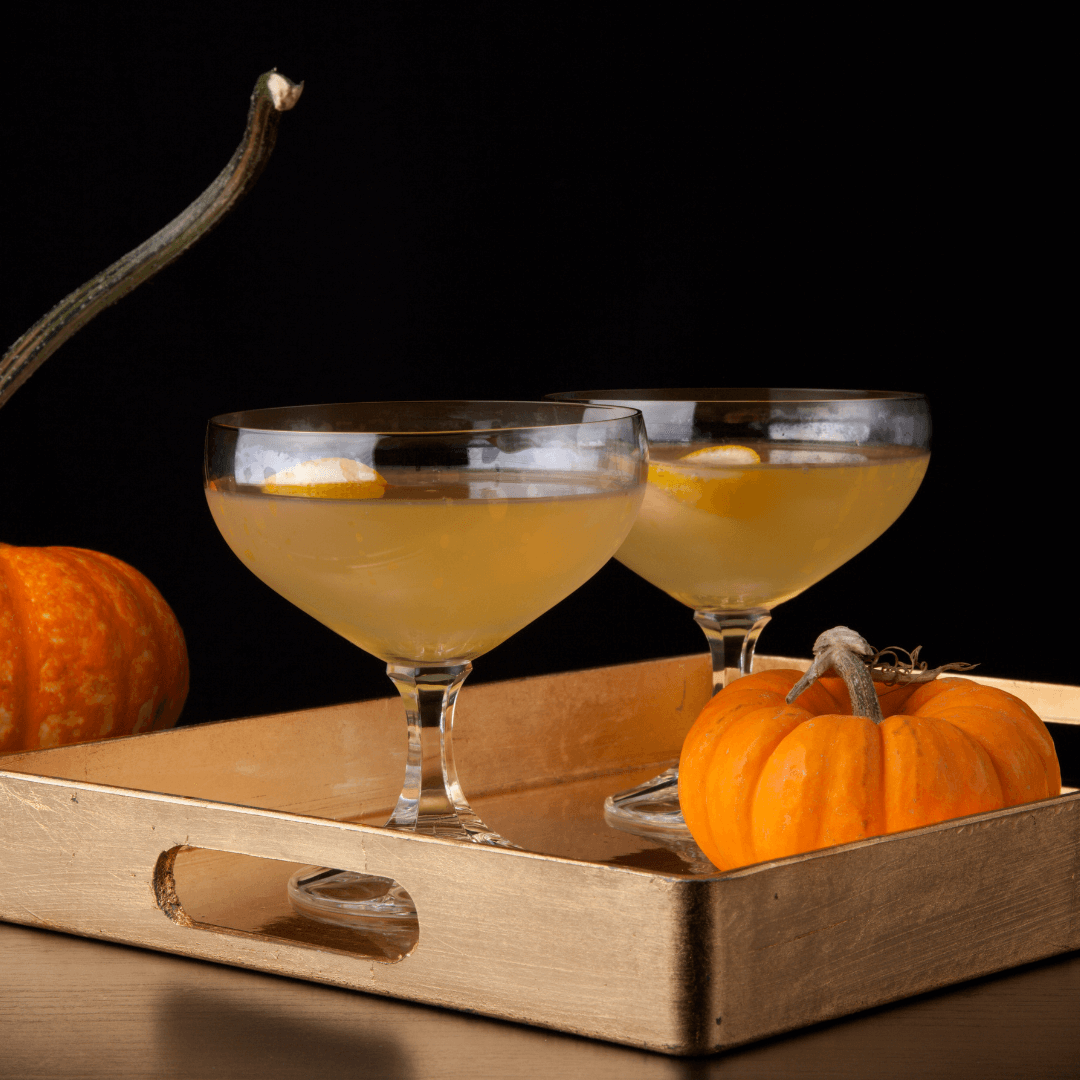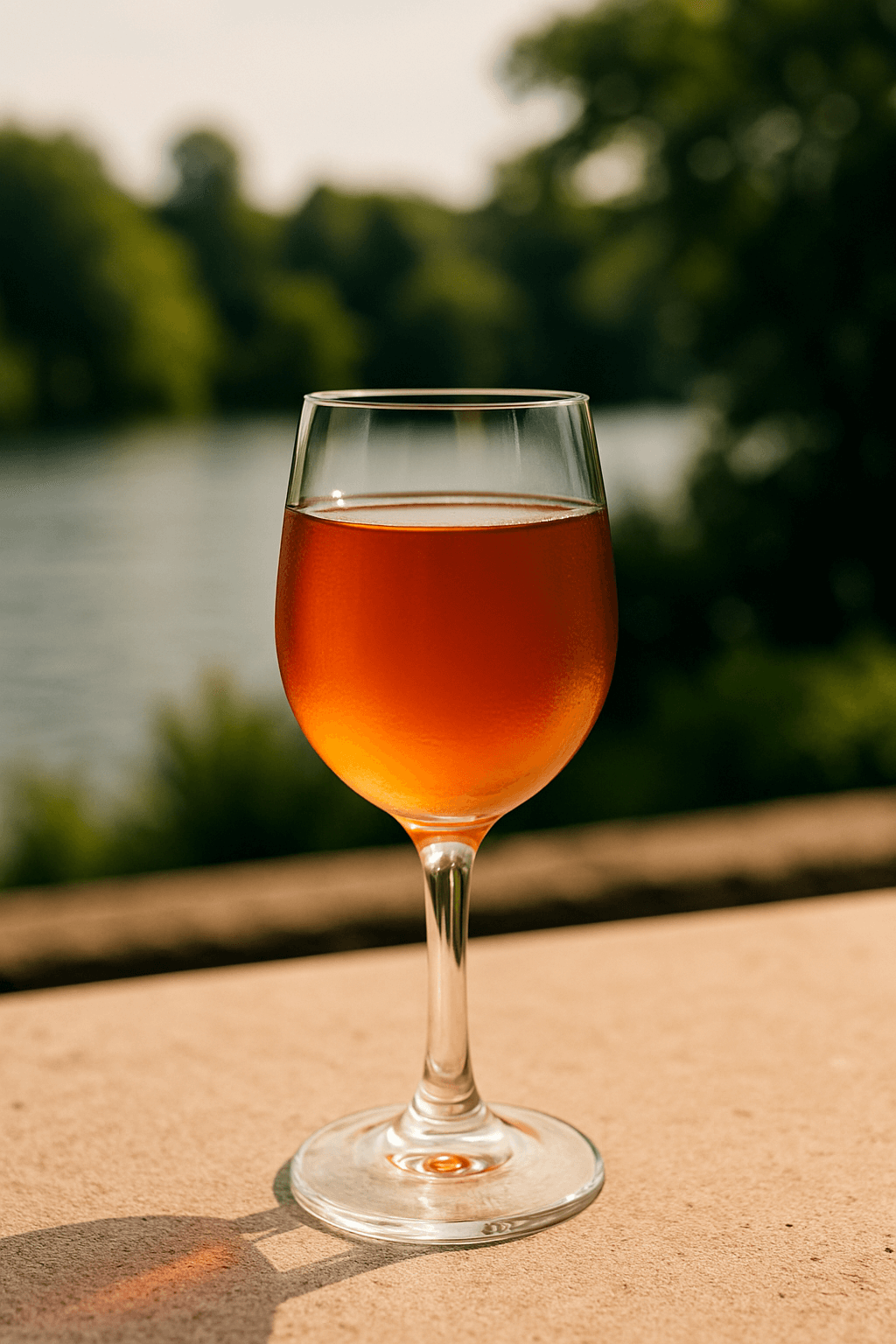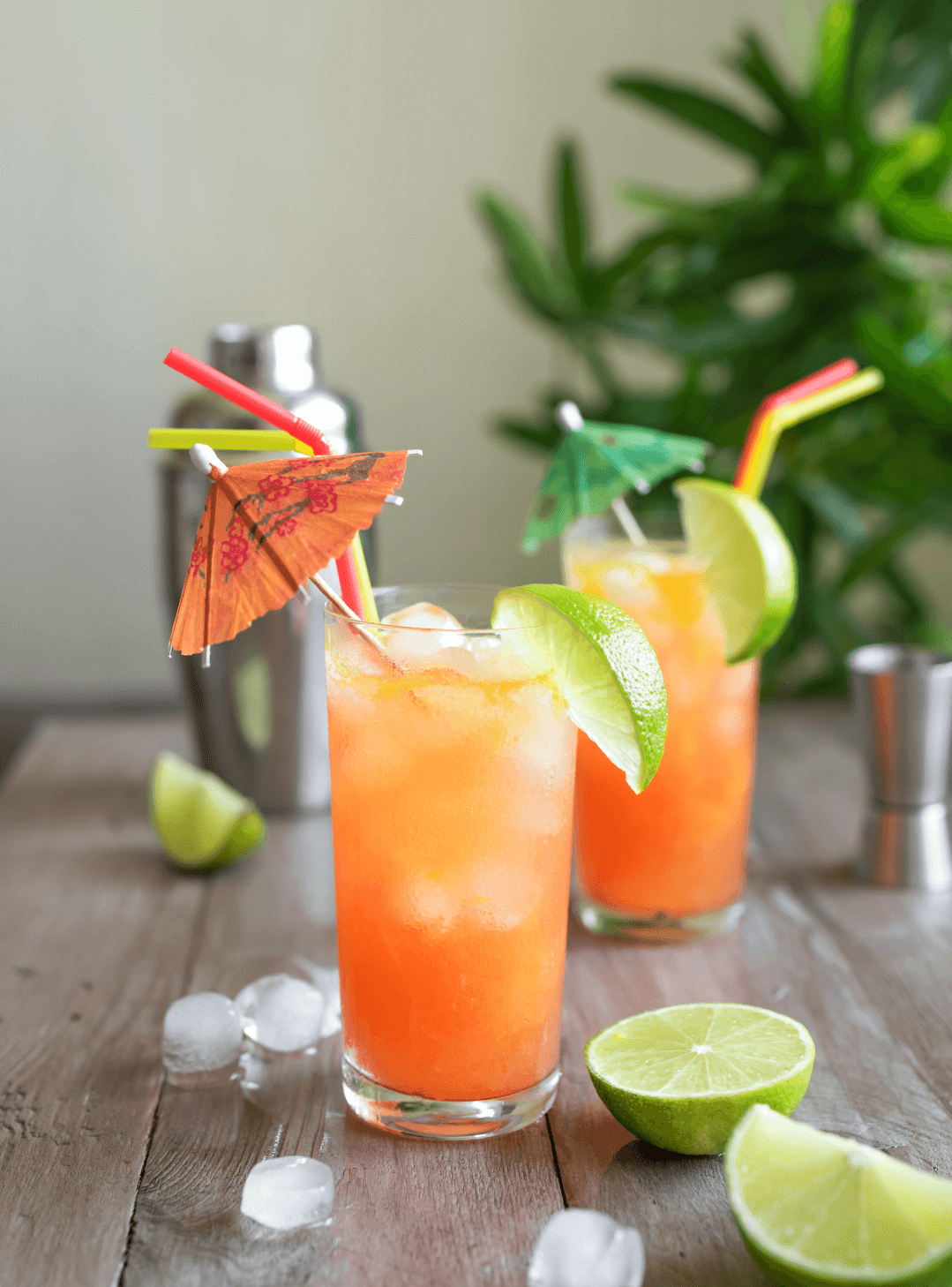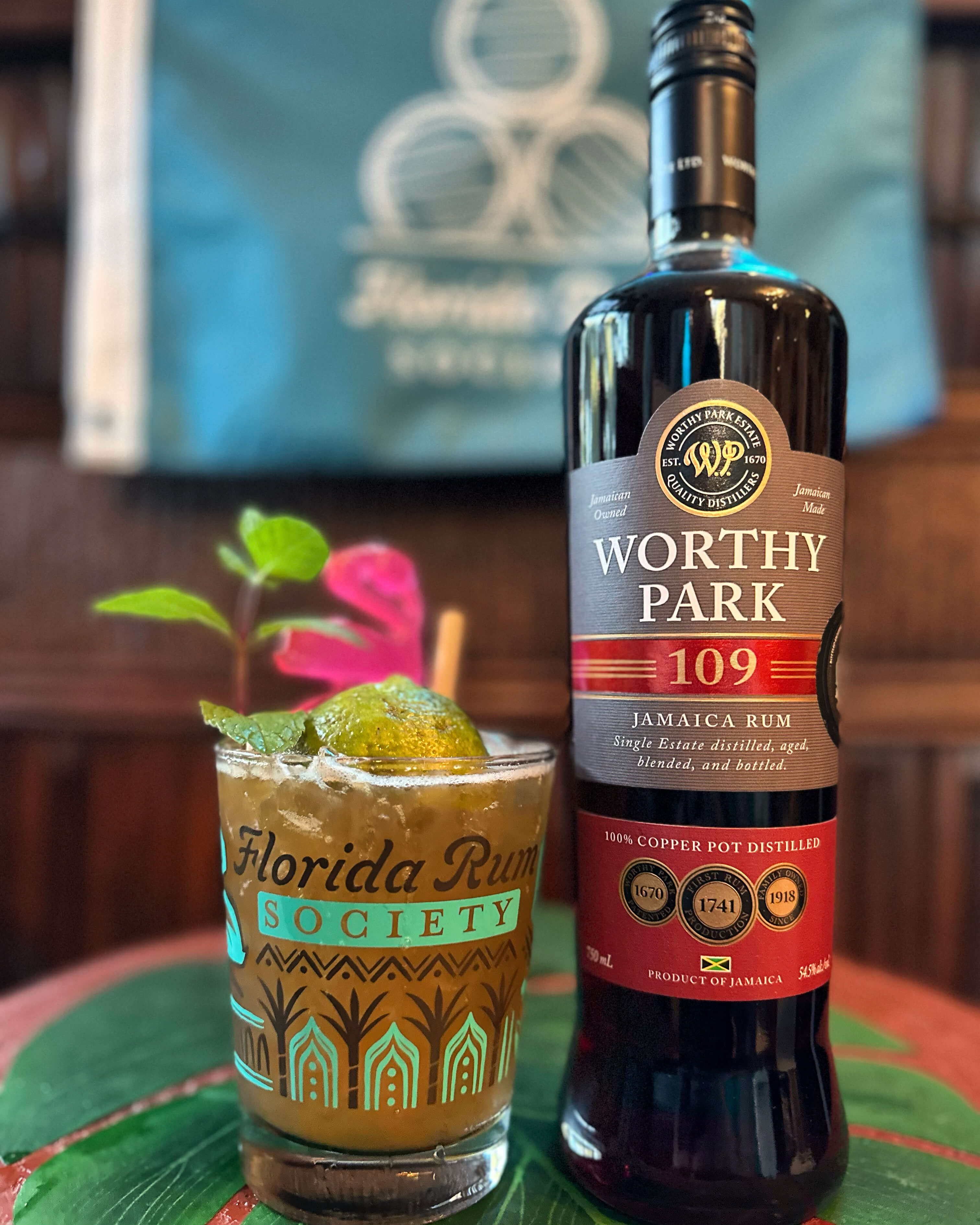Other Rum
What is Other Rum?
Other Rum represents the catch-all category for rums that don't fit neatly into traditional classifications like light, dark, or spiced varieties. This designation typically includes experimental expressions, unique regional styles, flavored rums beyond standard spicing, and innovative production methods that push the boundaries of conventional rum-making. These bottles often showcase distillers' creativity through unusual aging techniques, alternative base ingredients, or distinctive flavor profiles that defy standard categorization.
Learn More About Other Rum
What makes Other Rum unique?
Other Rum stands apart as the wild card category that captures everything beyond the traditional Spanish, English, and French colonial styles - think innovative American craft distilleries experimenting with local ingredients, Japanese producers applying meticulous attention to detail, or distillers from unexpected regions like India or Australia creating their own interpretations. These rums often break conventional rules by using non-traditional base materials, aging in unusual wood types, or employing techniques borrowed from other spirits categories. What makes them fascinating is their freedom from historical constraints, allowing distillers to push boundaries and create expressions that might use maple syrup, honey, or even rice as base ingredients alongside or instead of traditional molasses and sugar cane.
How is Other Rum made?
Other rum starts with fermented sugarcane juice or molasses, which gets distilled in either copper pot stills or column stills depending on the desired flavor profile. The clear spirit then ages in oak barrels for varying lengths of time, picking up color and complexity from the wood. Some producers add spices, fruits, or other botanicals during or after distillation to create flavored varieties that fall outside traditional rum categories.
How do you drink Other Rum?
Other rums shine brightest in cocktails, where their unique flavor profiles can really show off—think classic Daiquiris, Mojitos, and Painkillers that let the rum's character take center stage. While some premium aged varieties deserve sipping neat or on the rocks to appreciate their complexity, most other rums work best as the backbone of tropical cocktails, tiki drinks, and rum punches. These versatile spirits capture that warm-weather spirit perfectly, making them ideal for summer barbecues, beach parties, and any time you want to transport yourself to a Caribbean state of mind, though a well-crafted rum cocktail can brighten even the darkest winter evening.
How do I choose a good Other Rum?
Start by considering the cocktail you're making - spiced rums work beautifully in tiki drinks and punches where their bold flavors can shine, while aged agricole rums bring grassy, funky notes that complement citrus-forward cocktails. For sipping neat or in spirit-forward drinks like an Old Fashioned, look for well-aged expressions from reputable distilleries that showcase the unique terroir of their origin. Read the label carefully to understand the production method and aging process, since "other rums" can range from pot-distilled Jamaican funk bombs to elegant French Caribbean agricoles - each bringing completely different flavor profiles to your glass.
Nutritional Information
Typical Calorie Range per Ounce: 64-70 calories
Typical Carbohydrate Range per Ounce: 0-0.5 grams
Typical Sugar Range per Ounce: 0-0.5 grams
Typically Gluten Free: Yes
Most rums are naturally gluten-free since they're distilled from sugarcane byproducts rather than gluten-containing grains. The distillation process typically removes gluten proteins even when present in the original ingredients. Keep in mind that spiced rums and flavored varieties might contain additives that could introduce gluten or additional sugars, so always check the specific product label and manufacturer information to confirm gluten-free status if you have celiac disease or gluten sensitivity.
Scrolled this far? Your reward? Other Rum Trivia!
- The world's oldest surviving bottle of rum dates back to 1780 and was discovered in the cellar of a demolished English pub in 2011. When finally opened and tasted by experts, the Harewood Rum still retained its complex flavor profile after more than 240 years. The bottle sold at auction for over $100,000, making it one of the most expensive rums ever purchased.
- Rum was once legal tender in Australia. From 1788 to 1856, rum served as an unofficial currency in the British penal colony of New South Wales because of severe coin shortages. The military officers who controlled rum imports became so powerful they staged the only successful armed takeover of an Australian government in 1808, known as the Rum Rebellion.
- Some premium rums contain microscopic amounts of real gold flakes, not just for show but because gold is believed to enhance the aging process. Distilleries in Guatemala and Panama add 23-karat gold leaf to their barrels, claiming the precious metal acts as a natural catalyst that smooths harsh alcohol notes and adds subtle mineral complexity to the final product.
- The British Royal Navy's daily rum ration, called "grog," wasn't officially discontinued until 1970. For over 300 years, sailors received a half-pint of rum mixed with water every day at noon. The final ceremony on July 31, 1970, became known as "Black Tot Day" because many sailors wore black armbands to mourn the end of this beloved tradition.
- Rhum agricole from Martinique is the only rum in the world with its own protected designation of origin, similar to Champagne or Scotch whisky. Unlike most rums made from molasses, rhum agricole must be distilled directly from fresh sugarcane juice within 24 hours of crushing. This strict regulation means only 10 distilleries on the entire island can legally produce authentic Martinique rhum agricole.
Higher-proof spirits can be intense. Mix carefully, taste thoughtfully, and enjoy responsibly.
Gift message (optional)

